How do you calculate the time comstant?
$$\tau = RC$$
After grounding all the sources for small signal analysis, you are left with the circuit you are shown. We can consider the current source as a power supply and ignore it when calculating the time constant - its effectively the thing driving the output circuit.
So with that in mind, lets extract the region of it we are interested in. The circuit we are analysing the time constant for becomes simply:

simulate this circuit – Schematic created using CircuitLab
On the right I have simply redrawn it a little differently - circuits are topological, so as long as the connections stay the same, you can arrange the components any way you like.
This new structure should look familiar as a simple R-C circuit. So how do you find the time constant? Well, from the equation above, you simply multiply the capacitance with the resistance. What is the capacitance? \$C_c\$. What is the resistance? \$R_L + R_D\$. So what is the time constant?


